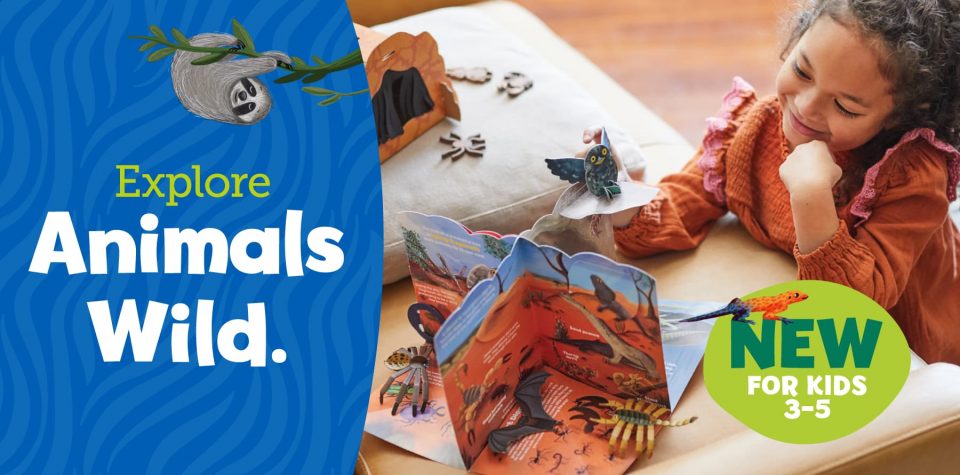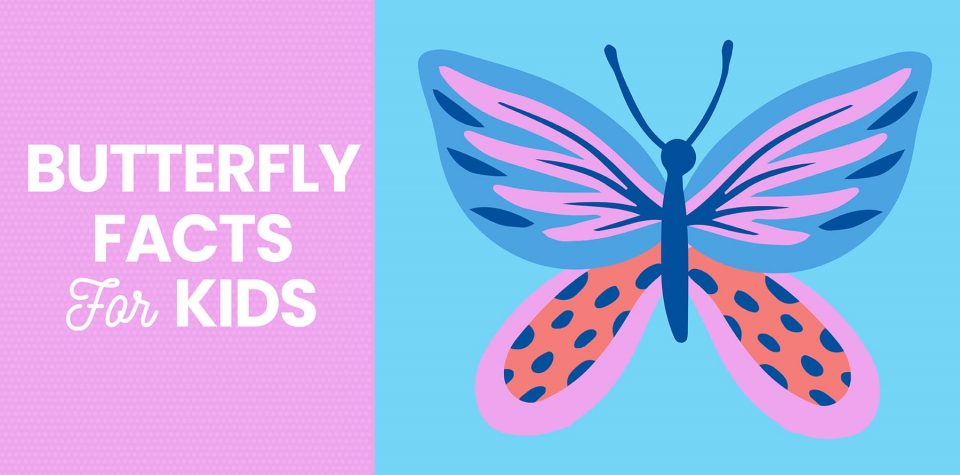
30 Butterfly Facts for Kids
Butterfly facts captivate kids all over the world. And it’s no wonder. Butterflies are bright, beautiful, and fascinating! Around 17,500 species call Earth home, and these insects are an important part of ecosystems globally. Every time a child sees one of these enchanting creatures flutter by, there’s a chance they’ll start a conversation about it that ends in lots of questions. Luckily, we’ve got the butterfly facts to give them answers!
Butterfly Definition
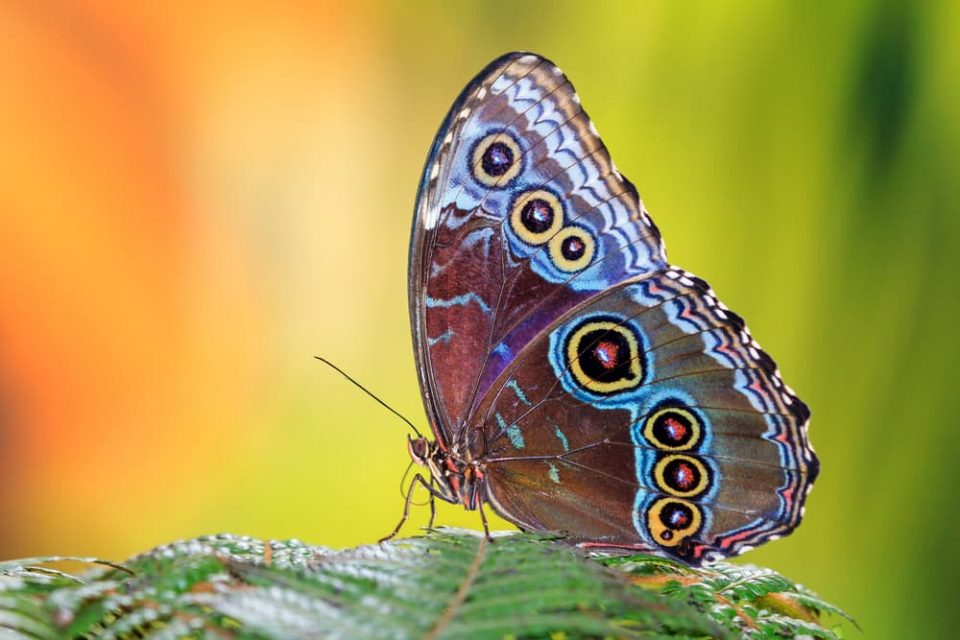
Imagine you’re an entomologist (a scientist who studies insects). You find a brand-new species on an expedition. It has bright wings and looks like a butterfly. How can you be sure it fits the butterfly definition?
Luckily, all butterflies share a few things that distinguish them from other insects like moths, which they’re sometimes confused with:
- Scales, often in beautiful, intricate patterns, cover the body, wings, and legs of every butterfly.
- Butterflies usually fold their wings so they’re straight up and down when they’re resting.
- Butterfly antennae end in structures that are shaped like tiny clubs.
The Life Cycle of a Butterfly
The unique life cycle of a butterfly also helps distinguish it from other types of animals. A butterfly starts life as an egg, hatches into a larva called a caterpillar, forms a chrysalis, and then transforms into an adult.
Egg
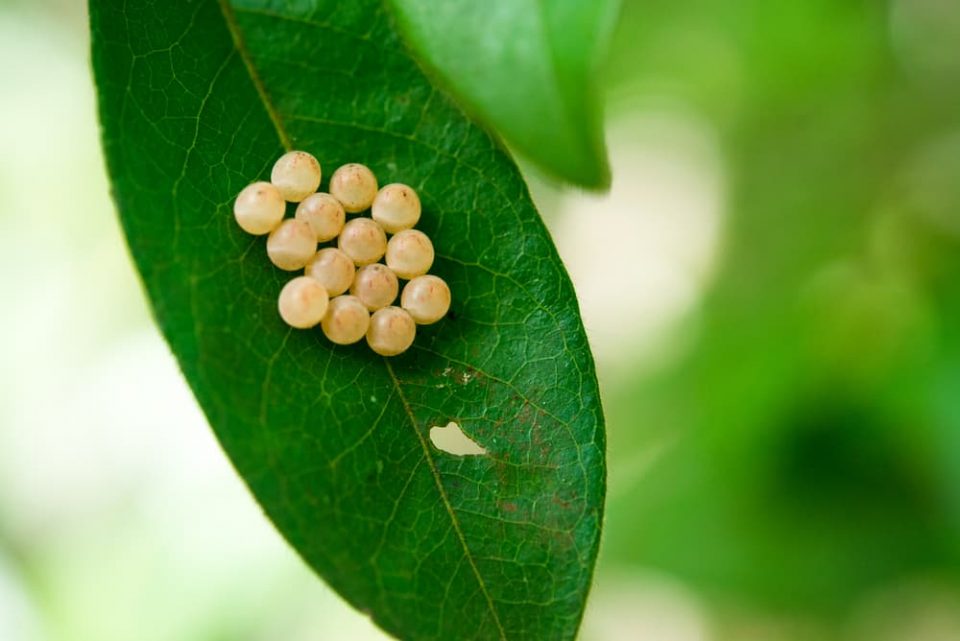
A butterfly’s life begins when its mother deposits its egg on a plant. Her choice is important, because that plant will be the butterfly’s first food when it emerges as a caterpillar.
Larva
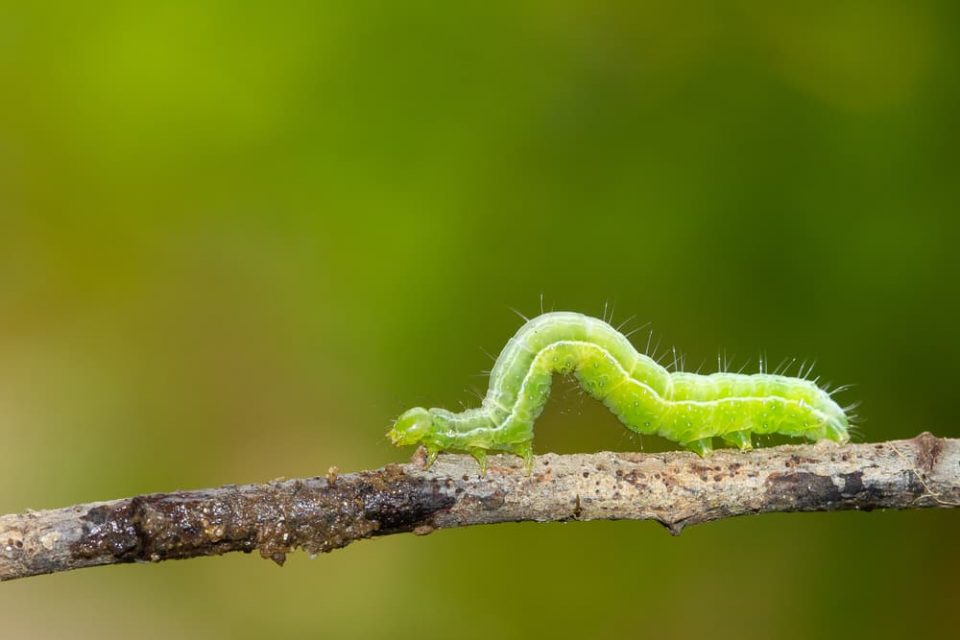
Once the butterfly hatches, it becomes a larva. Butterfly larvae are what people recognize as caterpillars, and they take all kinds of interesting shapes and colors. Caterpillars all have the same job: to eat. They chow down on as much food as they possibly can; they need it to fuel the incredible transformation that happens in the next stage of their life cycle. All that eating results in a lot of growth. Caterpillars can grow 100 times their size during the larva stage! Eventually, caterpillars get so big that they break out of their exoskeleton (outer shell) and grow a new one.
Chrysalis
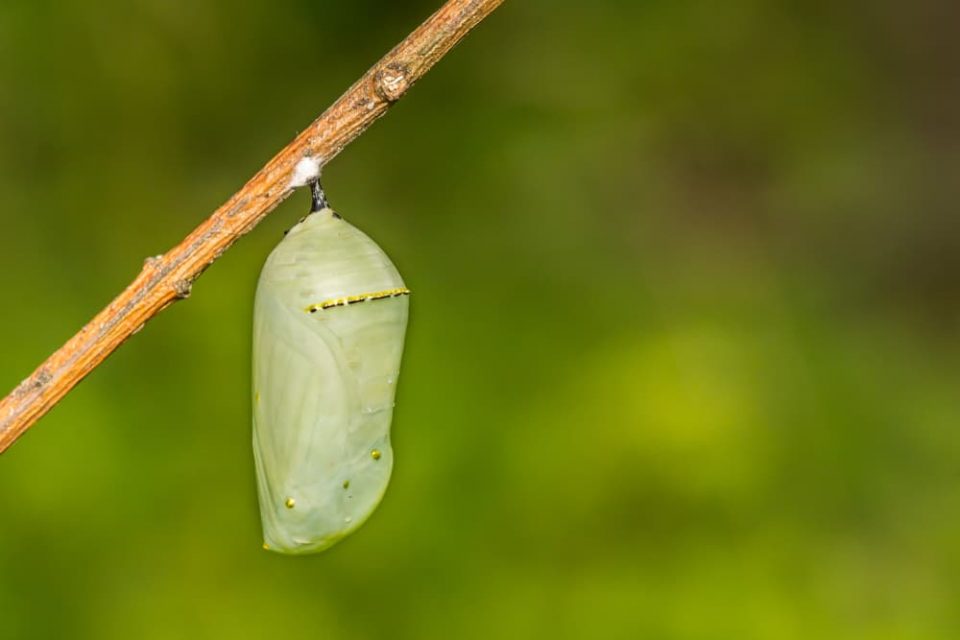
Once a caterpillar grows big enough, it attaches itself to a support, like a twig. Its exoskeleton falls off, leaving a hanging sack. Inside, the caterpillar’s body transforms into the shape of an adult butterfly. Some butterflies only spend a few days in their chrysalis, while others can take over a year to change while they wait for the right environmental conditions.
Adult

Finally, the adult butterfly comes out of the chrysalis. Unlike caterpillars, adult butterflies mostly eat nectar from flowers, and they help pollinate plants as they flutter from blossom to blossom. Butterflies prefer warm temperatures. If they get too cold, their wings won’t work! So when the air gets cool, butterflies find a sunny spot and spread out their wings to warm up.
Parts of a Butterfly
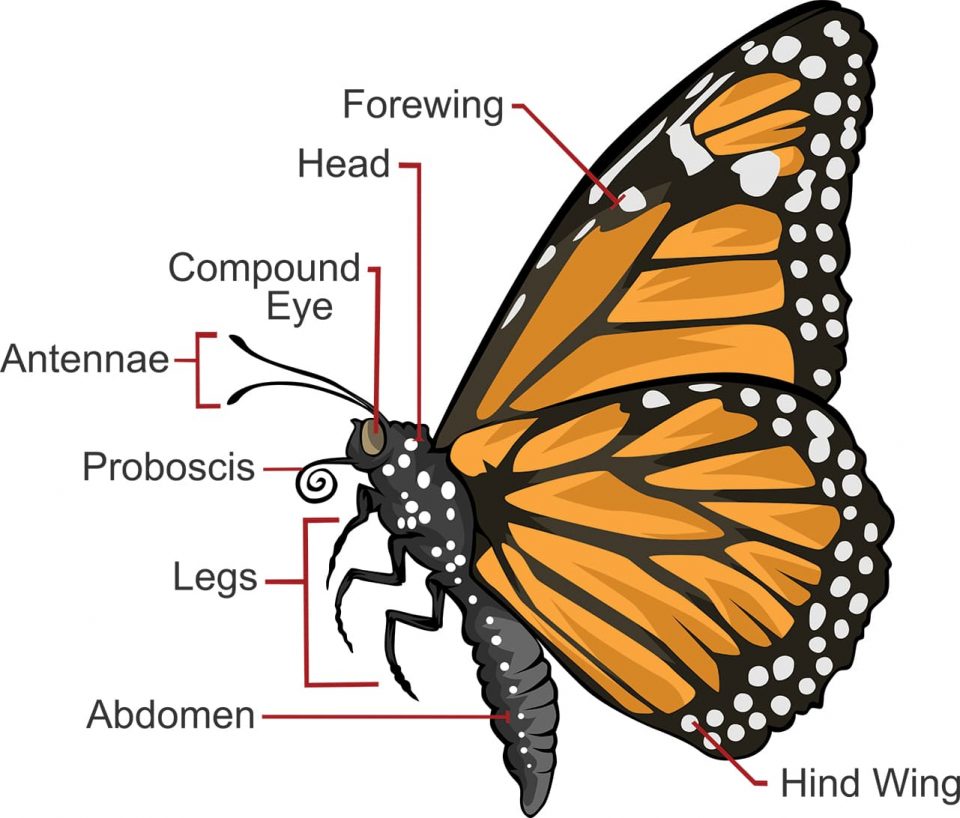
The parts of a butterfly determine how scientists classify it. An adult butterfly’s body has three parts: the head, thorax, and abdomen. It also has two antennae that help it smell, two compound eyes (which are like lots of little eyes that work together) that let it see, three sets of legs, and four wings: two forewings in front and two hindwings in back.
One of the most recognizable parts of a butterfly is its proboscis, a long tubelike structure on its chin that it uses to eat. When the butterfly isn’t eating, the proboscis curls up, so if you find one resting, look for the little spiral!
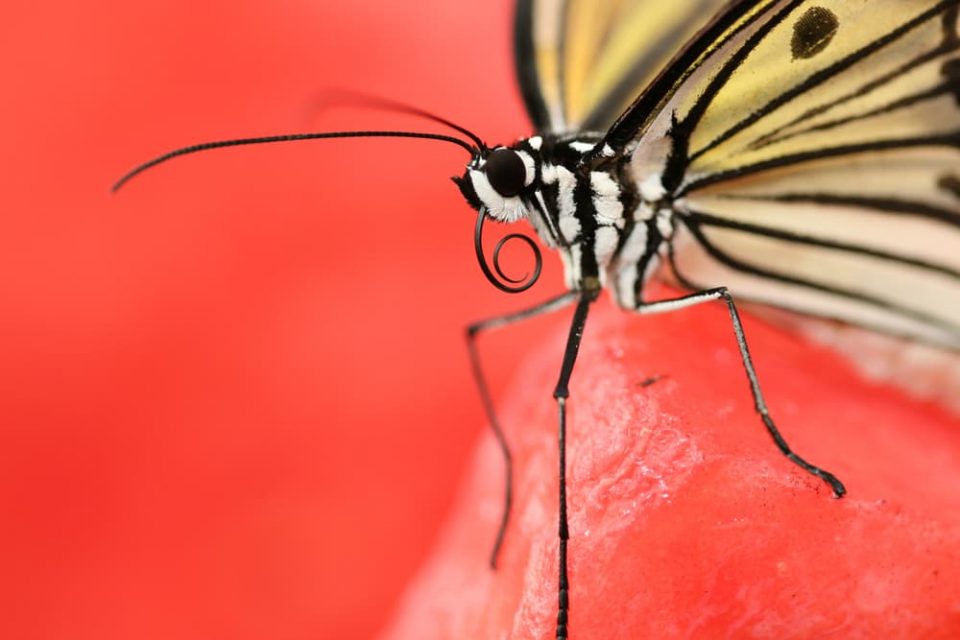
Different species of butterflies share all kinds of other parts as well, like the powerful muscles that let them fly and crawl, but there are also many differences between them. Scientists use those differences to sort butterflies into six overall families of 600 to 5,000 species each!
Learn More
Looking for even more animal facts for kids? Check out how animals are the ultimate environmentalists and learn more about butterflies, or dive into our animal facts for kids and get to know the whole animal kingdom!

